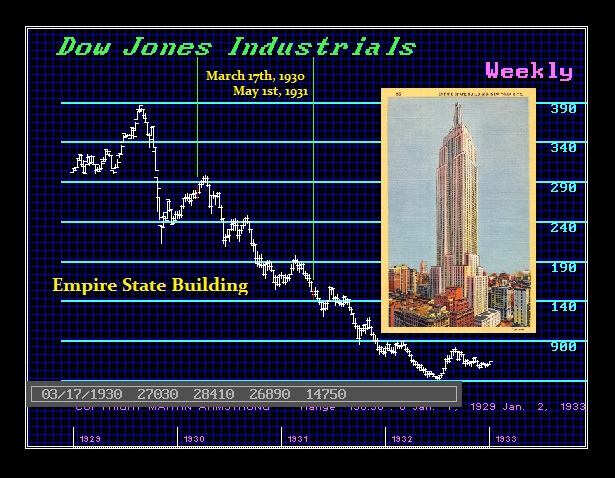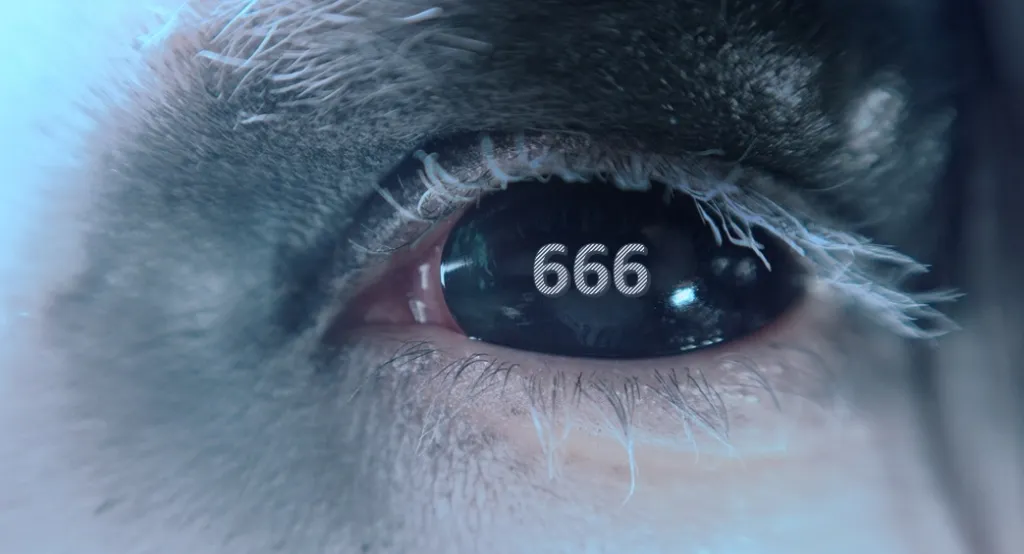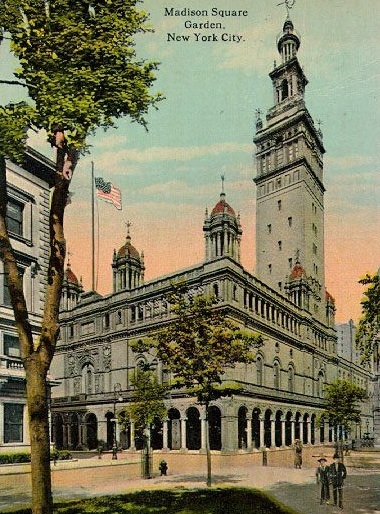 Madison Square Garden was constructed in New York City and was opened on September 29, 1891. The 304-foot (92.66 m) building had been completed a year earlier and was the second-tallest in New York City, just in time for the Panic of 1893. It was named after James Madison, the fourth president of the United States. The first garden, leased to P. T. Barnum, had no roof and was inconvenient to use during winter.
Madison Square Garden was constructed in New York City and was opened on September 29, 1891. The 304-foot (92.66 m) building had been completed a year earlier and was the second-tallest in New York City, just in time for the Panic of 1893. It was named after James Madison, the fourth president of the United States. The first garden, leased to P. T. Barnum, had no roof and was inconvenient to use during winter.
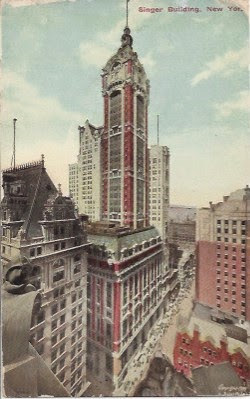 It was demolished after 11 years and a new Madison Square Garden was designed by noted architect Stanford White. It was constructed by a syndicate which included J. P. Morgan, Andrew Carnegie, P. T. Barnum, Darius Mills, James Stillman, and W. W. Astor. The third version began construction in 1925 after it was demolished and that lasted until 1968. The fourth version began construction in 1968 and was completed in 1969. That too was timed with the Panic of 1968.
It was demolished after 11 years and a new Madison Square Garden was designed by noted architect Stanford White. It was constructed by a syndicate which included J. P. Morgan, Andrew Carnegie, P. T. Barnum, Darius Mills, James Stillman, and W. W. Astor. The third version began construction in 1925 after it was demolished and that lasted until 1968. The fourth version began construction in 1968 and was completed in 1969. That too was timed with the Panic of 1968.
The Flatiron Building marked the Panic of 1903. This was a triangular 22-story building that became the landmark building at the time. Construction was completed in 1902, and it was one of the tallest buildings in the city at 20 floors high. For the Panic of 1907, it was the Singer Tower on Broadway. With 47 stories, it was the tallest building in the world from 1908-1909.
There is the well-known story of how the Empire State Building, which was 102 stories, became the symbol of the Great Depression in the 1930s. The design for the Empire State Building was changed fifteen times to make it the world’s tallest building as a symbol of hope during the Great Depression. Construction began on March 17, 1930, and the building opened thirteen and a half months afterward on May 1, 1931. Despite the publicity surrounding the building’s construction, its owners failed to make a profit until the early 1950s.
 As you can see from the chart above, after the 45% correction in the Dow, the market began to bounce. The project of the Empire State Building went ahead. Many assumed that the market was recovering and new highs would come again. Little did they know that most of Europe, South America, and Asia permanently defaulted on their debts in 1931.
As you can see from the chart above, after the 45% correction in the Dow, the market began to bounce. The project of the Empire State Building went ahead. Many assumed that the market was recovering and new highs would come again. Little did they know that most of Europe, South America, and Asia permanently defaulted on their debts in 1931.
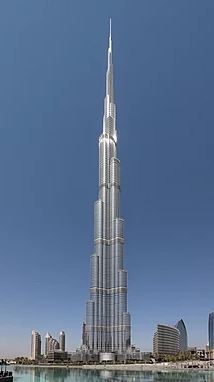 The original World Trade Center destroyed in 2001 was a large complex of seven buildings in the Financial District of Lower Manhattan. It opened on April 4, 1973. This became the symbol of the 1974 Crash and the beginning of Stagflation. Likewise, the Aon Center in Los Angeles opened in 1973 which also marked a peak in the economy.
The original World Trade Center destroyed in 2001 was a large complex of seven buildings in the Financial District of Lower Manhattan. It opened on April 4, 1973. This became the symbol of the 1974 Crash and the beginning of Stagflation. Likewise, the Aon Center in Los Angeles opened in 1973 which also marked a peak in the economy.
The 1987 Crash was marked by One Liberty Place in Philadelphia, and then the SEC later destroyed Drexel Burnham with Michael Milkin because of their competition with New York City. The SEC never has destroyed any firm in New York City as they have done in Philadelphia and Chicago.
Petronas Towers in Kuala Lumpur became the symbol of the 1997 Asian Currency Crisis and the 1998 Crash due to Long-Term Capital Management. That was the mass liquidity crisis from the emerging market collapsed that began in Russia.
In New York City, construction began on April 27, 2006, of the new One World Trade Center just in time for the Panic of 2007. It did not open until November 3, 2014.
The Burj Khalifa, known as the Burj Dubai, also became the symbol of the 2007-2009 crash.
Like the wise tale that markets go up with women’s skirts and fall when then drop back to their ankles (i.e. Roaring 20s), the competition to create skyscrapers and always build the biggest in the world has also been an interesting correlation to major crashes in the world economy. The Jeddah Tower (Arabic: برج جدة), also known as the Mile-High Tower, was to begin construction in 2008. It was put on hold. This promised to be the tallest building in the entire world. It appears that plans for such buildings coincide with the boom days. All work was paused with the tower about one-third completed due to labor issues with a contractor following the 2017–19 Saudi Arabian purge. This too seems to be the symbol of this correction and the crisis in the Middle East.

